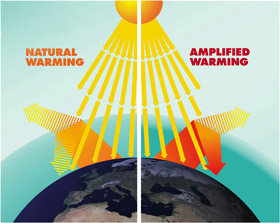Assessing Sustainability Education and Student Learning at Green Mountain College
By Meriel Brooks, Associate Professor of Biology and Director of the Environmental Liberal Arts Program, Green Mountain College
(This article appears in the May, 2011 issue of The ACUPCC Implementer)
Over the last 3 years, supported by a grant from the Davis Educational Foundation, the faculty at Green Mountain College (GMC) has restructured an innovative environmentally-focused general education curriculum (the Environmental Liberal Arts program or ELA), revised or created 53 sustainability related or focused courses, and created a system for assessment-driven program revision. With the project nearing completion, what have we accomplished, what have we learned, and what is next?
What should our graduates know and be able to do in order to contribute to a more sustainable world? For 2 days in May of 2008, 45 GMC faculty members brainstormed and debated this question before arriving at an answer in the form of 5 broad goals:
- Read more about Assessing Sustainability Education and Student Learning at Green Mountain College
- Add new comment








 find themselves facing a long, steady climb to integrate sustainability into all of their activities, so it is simply second nature.
find themselves facing a long, steady climb to integrate sustainability into all of their activities, so it is simply second nature. The latest issue of DownEast Magazine includes a great article called
The latest issue of DownEast Magazine includes a great article called 
